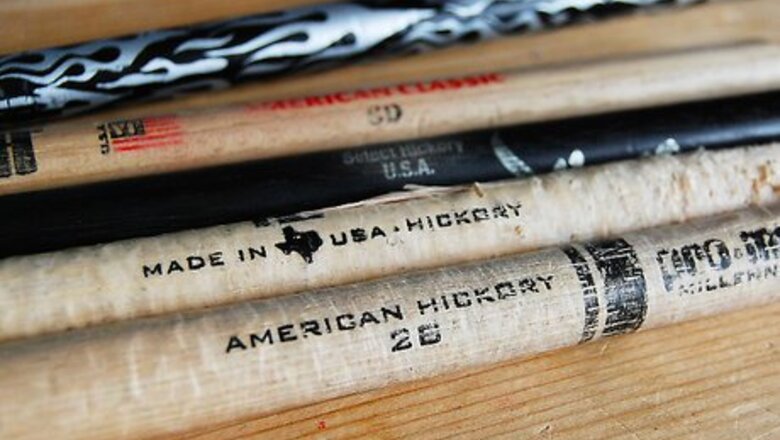
views
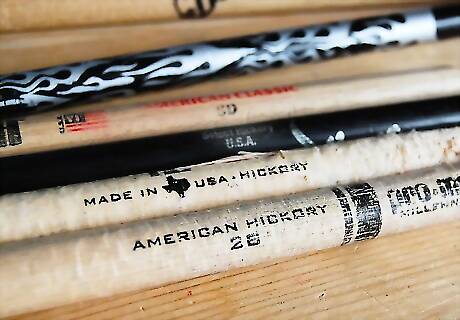
Choose the right wood. Drumsticks are usually made of either maple, hickory, or a Japanese white oak. Laminated birch has also recently regained popularity. Each has a slightly different feel. The feel has to do with how the stick transmits or absorbs vibration and how much it flexes. Hickory is a common, well rounded wood for drumsticks. Hickory is favored for its flexibility and impact resistance. Maple is much lighter than hickory, allowing for a larger diameter feel without the weight. Maple is softer and stiffer than maple, which negative impacts the sticks durability. Maple sounds sweeter and brighter on drums and cymbals. Oak is dense and heavy, but transmits vibrations more. It tends to be more durable, but will split with little warning. The increased weight gives drums a bigger, darker sound and yields a very big, but brash cymbal sound. Laminated Birch is made from a high quality birch plywood. These sticks are very heavy and durable. They generate very deep sounds from drums and cymbals. There are smaller companies specializing in exotic woods and Vic Firth is currently making a carbon fiber stick. Also, companies like Ahead make sticks out of nylon.
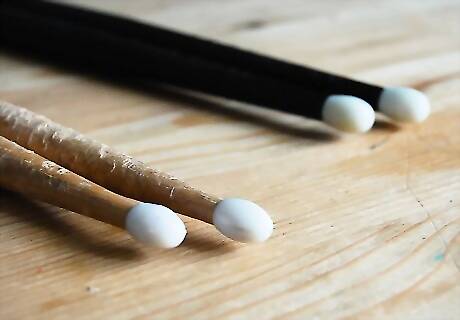
Pick the right material. Tips come in wood, nylon, or delrin. Nylon tips sound brighter on cymbals and hold up longer without chipping or developing soft spots. They don't typically change the sound of the drums, though the lighter tip weight can create a fast rebound, allowing the drum to speak easier. Delrin is used by some companies in place or nylon since it is supposedly more durable. Wooden tips have a darker contact sound and a less articulate sound on cymbals.
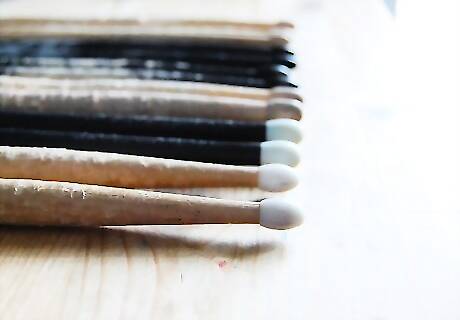
Choose the shape. Tips come in a wide variety of shapes, each with its on sound. Common tip shapes are barrel, acorn, ball, and oval. Each shape has a particular sound. Each shape also comes in multiple sizes. Smaller creates a more articulate sound while larger tips create bigger and deeper sounds. Some companies shape their nylon tips like wood tips; others do not. Barrel tips have a wide, flat contact surface. This creates a dark, but strong contact sound. Acorn tips have the largest contact surface. This dampens the contact sound significantly, creating a full, but dark cymbal sound. Ball tips have a very small contact surface, creating a very bright contact sound. Oval tips are between barrel and ball tips.
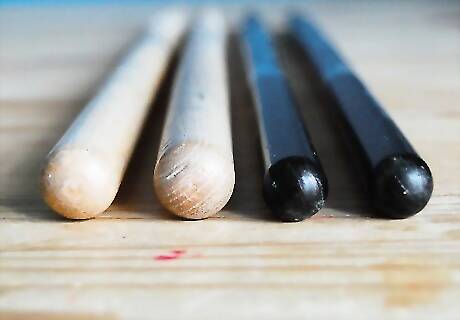
Choose the thickness. The thickness also changes the sound. There are two ways to know the thickness of a stick. The first is by model number. A's are thinner than B's, which are thinner than S's. Higher numbers represent thinner sticks. So, a 7A is thinner than a 5A, which is in turn smaller than a 5B. This system has become unreliable with the wide range of manufacturers each with a large catalog of sticks. The other way to know the thickness of a stick is to find its diameter. This is usually measured in inches and displayed as a three digit decimal. .500 is a half inch thick, for example. 7As are thinner and lighter. These will sound sweeter on drums and cymbals and are best for lower volume playing. 5As are slightly thicker than the 7A. These are generally considered to be the most generic and versatile stick. 5Bs are thicker, more intense drumsticks and are often used by rock and metal drummers due to their weight. There are many other models and each company has its own idiosyncrasies. For example, Promark has a thinner 5A than most. Vic Firth's 7A is shorter than most while their 8D is more like everyone's 7A.
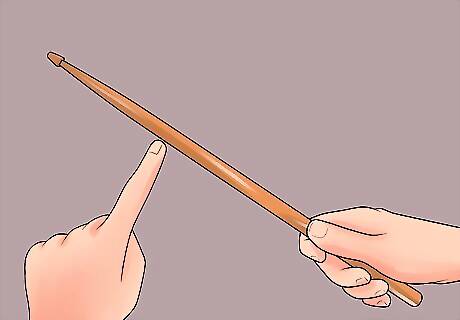
Check the varnish or lacquer coating on the drumsticks. Hold the stick as you would while playing. Let it slide through your fingers. Different manufacturers use different coatings that affect grip. Vic Firth favors a thin lacquer while Regal Tip favors a heavy lacquer, making their sticks a bit slicker and more resistant to skin oils and moisture. Promark favors a special finish that becomes tacky as your hands heat it up. Promark also offers many sticks finished only by sanding. Zildjian and Vic Firth also offer many sticks with a rubber coating offer the butt end of the stick. The only way to know what you like is to play with the sticks.
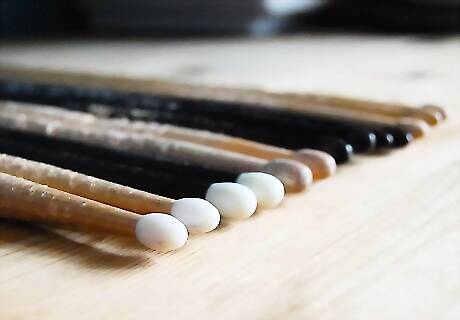
Choose your preferred brand. There are many brands of good drumsticks to compare, maybe you could think about your favorite artist's preference in sticks when choosing your own. Here are the top brands with some of their endorsers. Ahead (Lars Ulrich, Rick Allen) - Ahead is favored by metal drummers due to the durability and weight of their sticks. However, many complain that the sticks hurt their hands.Choose Drumsticks Step 4Bullet1.jpg ProMark (Joey Jordison, Mike Portnoy, Glenn Kotche, Benny Greb) - Promark lacks diversity in tip shapes, but offers some great finish options.Choose Drumsticks Step 4Bullet2.jpg Vater (Chad Smith, David Silvera) - Vater is creates a product much like Vic Firths, but with different shapes.Choose Drumsticks Step 4Bullet3.jpg Vic Firth (John Dolmayan, Vinnie Paul, Mark Guiliana) - Vic Firth offers probably the widest selection of sticks. They favor a light lacquer finish and many of their sticks are painted. [Image:Choose Drumsticks Step 4Bullet4.jpg|center]] Zildjian (Dave Grohl, Travis Barker)Choose Drumsticks Step 4Bullet5.jpg Los Cabos Drumsticks (Mike Sleath, David McGraw, Cameron Losch)
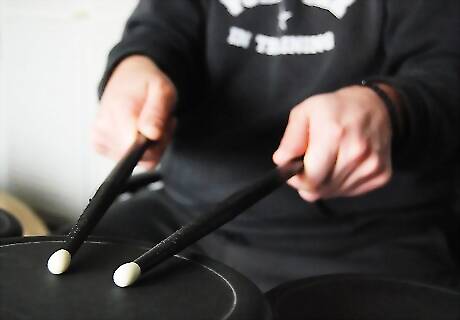
Try out the drumsticks. Especially if you're choosing a new kind of drumstick or a brand or size you haven't used before, ask if you can try them. Try them gently on a practice pad so that if you choose something else, the store can still sell them, but try them enough to get a feel for their weight, springiness, and balance.













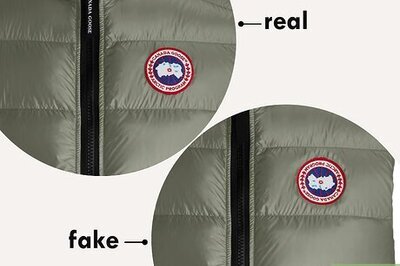




Comments
0 comment